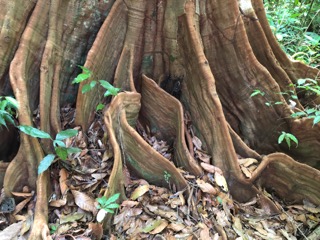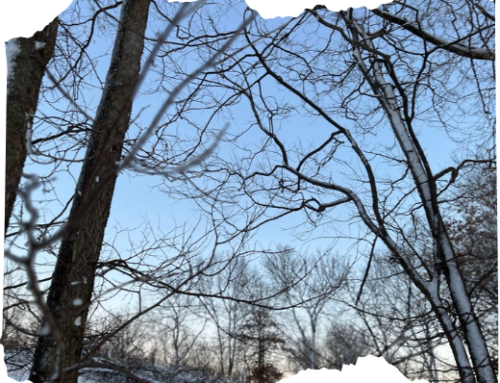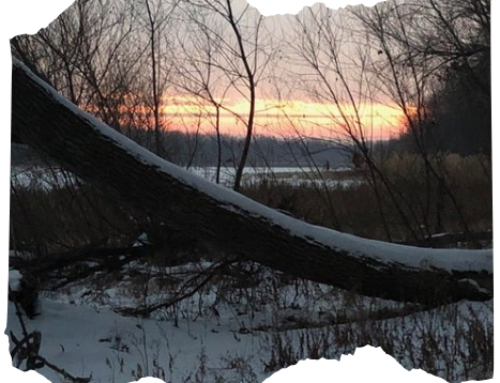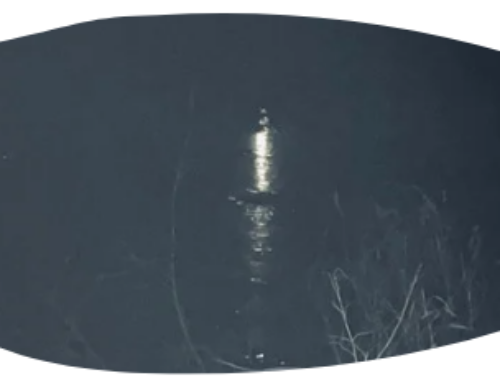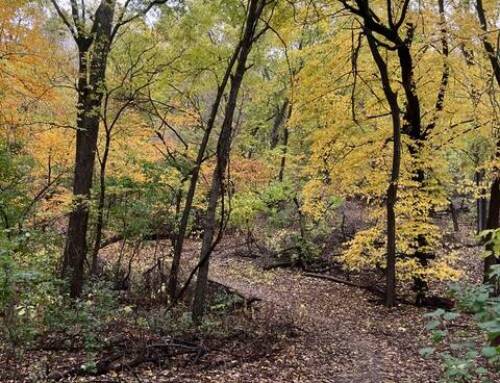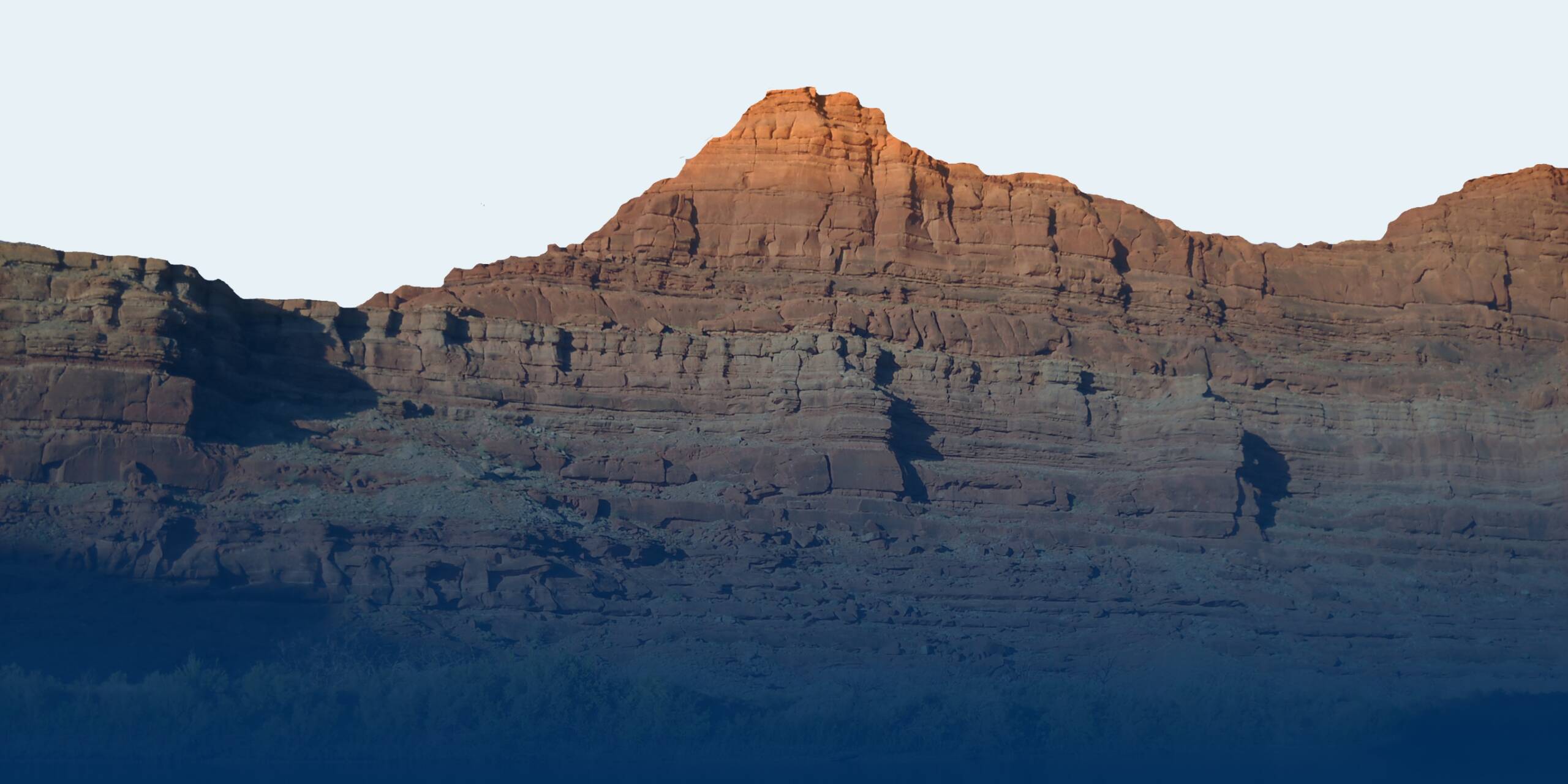Far from my Minnesota home
sits a research station at the edge of a peninsula.
Restored to its jungle origins,
the little station holds clear just enough space
for a few sleeping areas, a place to gather and eat,
and a base from which to study.
This Costa Rican paradise is far from comfortable
with heat and humidity levels
that will bring you to your knees.
All my practice with discomfort when it comes to cold
did not translate in its opposite form.
But oh how it was worth it!
Worth it to experience a place of beauty and mystery
with 2.5% of the world’s biodiversity
nestled in this tiny place.
Worth it to behold scientists from all over the world
studying, questioning, observing, and caring so deeply.
From sea turtle eggs delicately carried
to a hatchery free of predators,
to primate and jaguar specialists
climbing trees to set the cameras
that will help us know their home.
From hermit crab researchers to bat specialists,
and farmers who bring generations
of dirt-under-fingernails wisdom and fortitude
to sustainably working with the land.
I came home days ago
slowly settling back into rhythms.
No way to fully steer clear of the barrage of news
and the feeling deep within of bracing,
curling in a tight ball inside myself.
Because when we are in wildness
it implores us to open.
To walk the jungle trails or winter woods
with awareness toward sight, sound, scent.
Each sense offering valuable information.
But away from wildness,
we must retract a bit in order to survive.
The cacophony of sensation and stimulation is just too much.
And so, I remind myself as I struggle to gain footage,
that this pulling in, this retraction
is also uncomfortable—
far more than temperatures or insect bites.
And I find my way back, in quiet moments,
to this lush place of so much life
and people doing good work
on behalf of wildness.
Finding solace as I walk the edge:
opening and reeling in as necessary.
Wildly present.
Wildly original.
Wildly welcoming.

